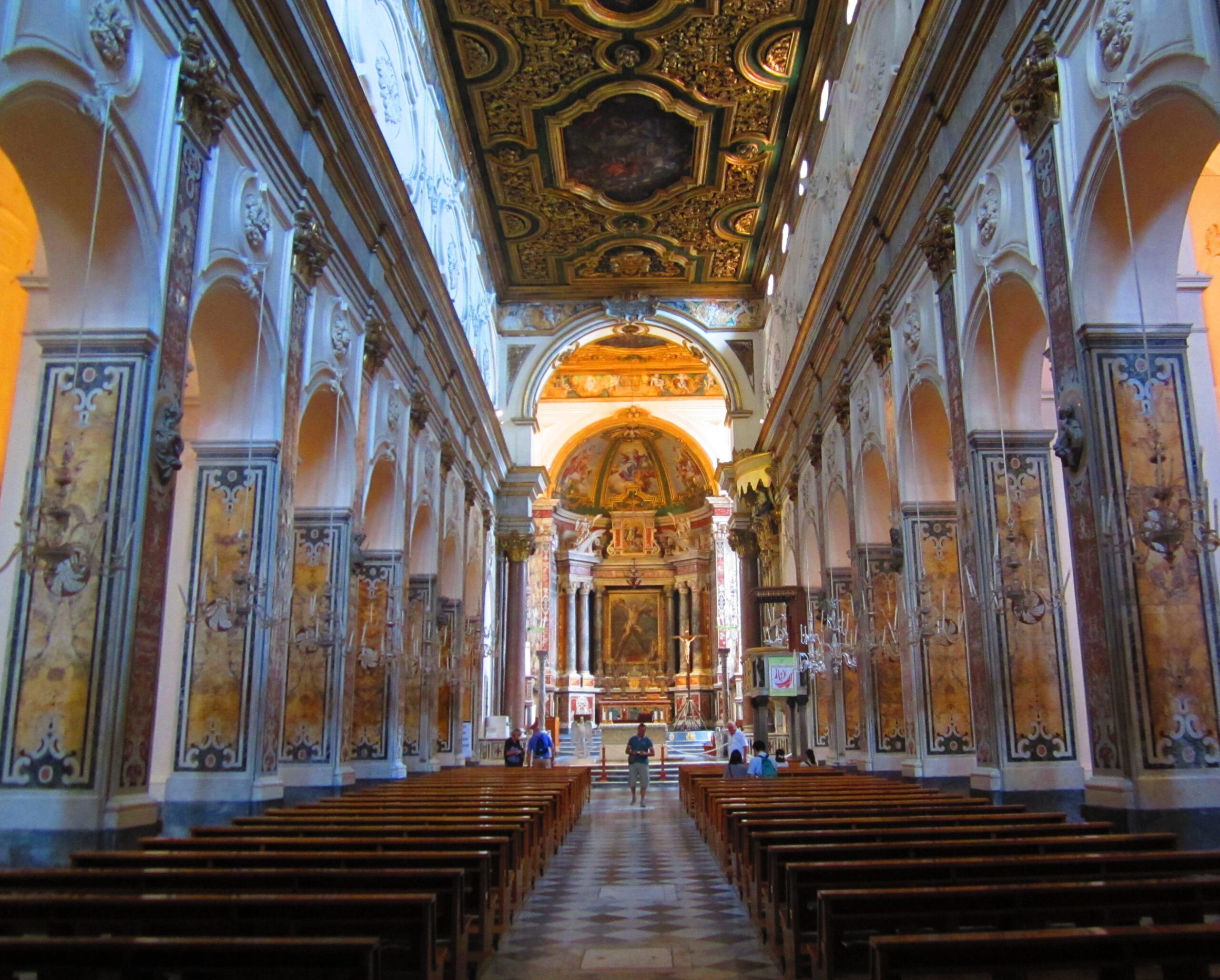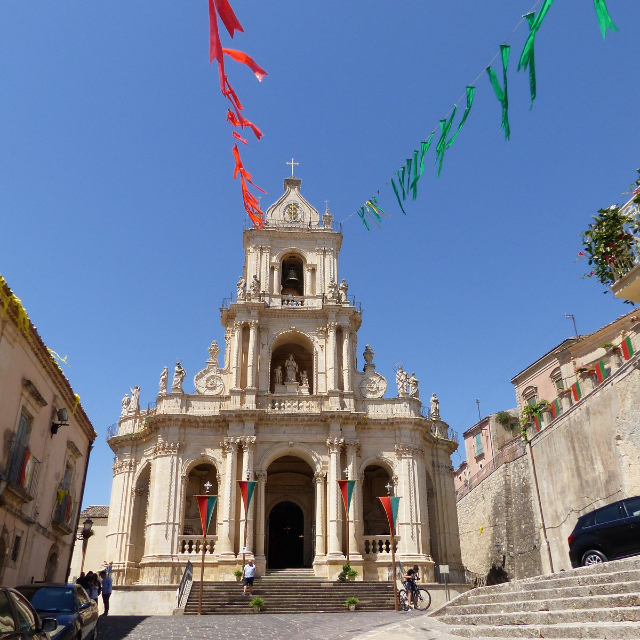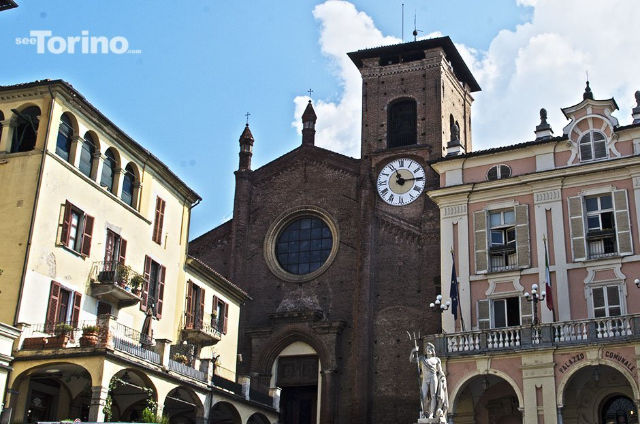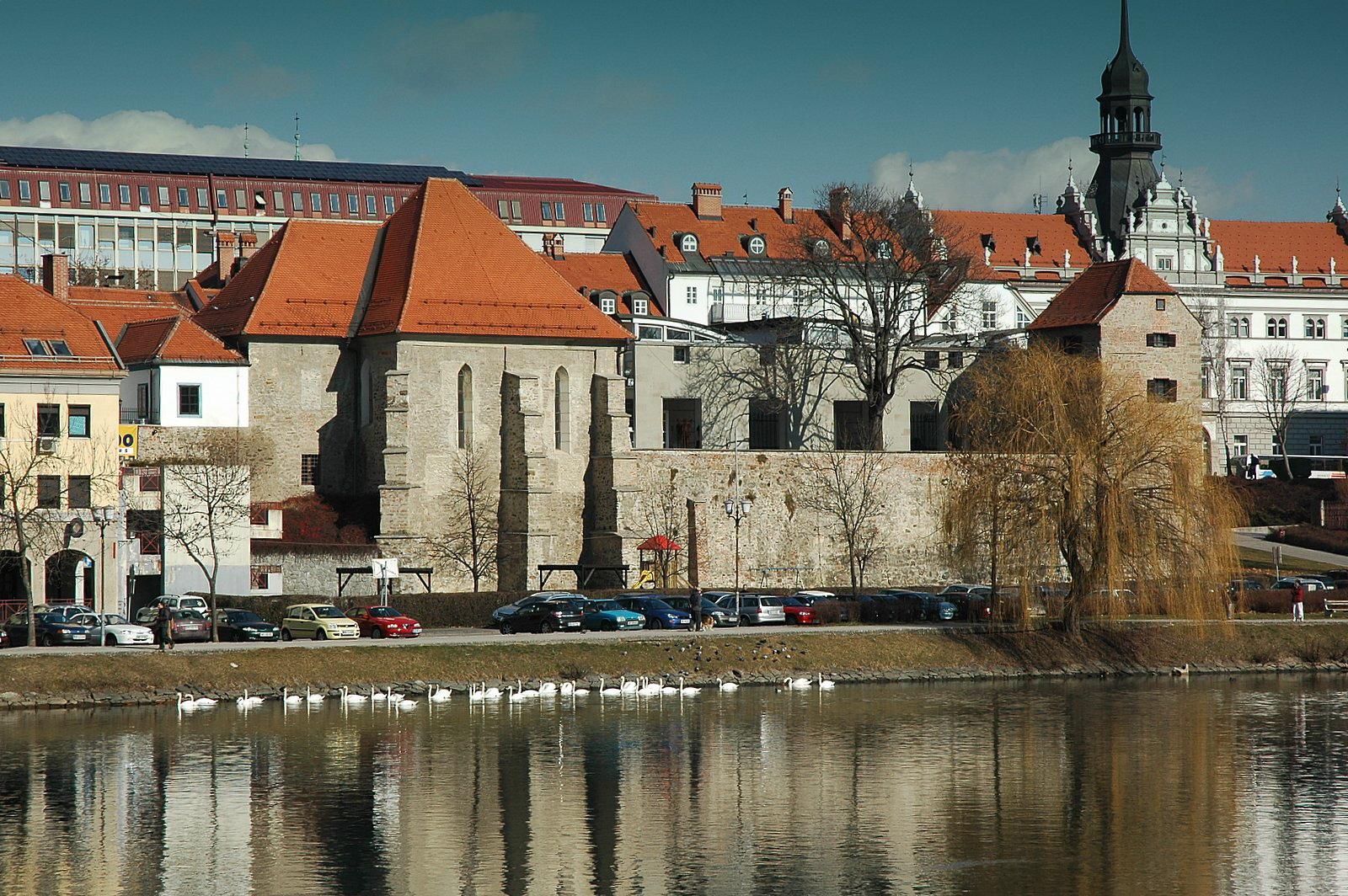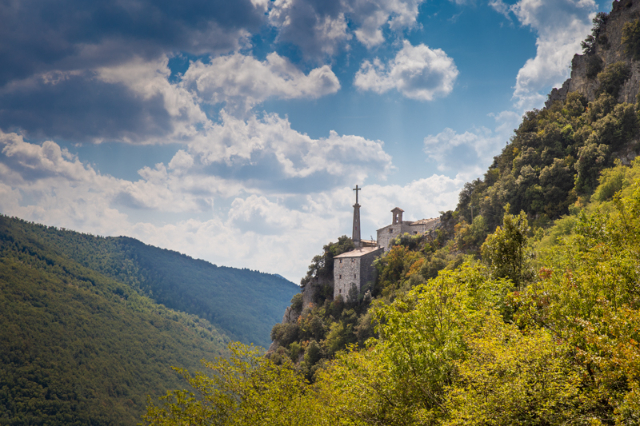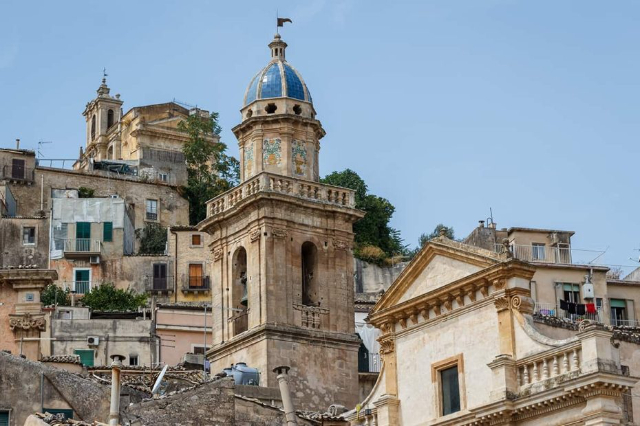Set on a small hill to the east of the city centre, the monastic complex, founded at the beginning of the sixth century by the abbot Servando, hosted Benedict of Norcia in 528 during his journey from Subiaco to Montecassino, which is why the "Via Benedicti", which retraces this journey, stops here.
Completely restructured and enlarged in the first half of the 13th century, to accommodate the order of the Damianites of Santa Chiara, it still presents the evocative medieval architectural articulation, enriched by the 13th century pictorial decoration of the church with figures from the life of Christ and the Madonna.In the 15th century it became commendatory and chaplaincy until Pius IX granted it in emphyteusis and in 1908 it passed into private hands. At the beginning of the century it was restored to its ancient form. The main entrance leads to a small vestibule, in the inner courtyard, decorated with elegant mullioned windows with two lights. The tiny church consists of a small quadrangular room covered by a cross vault. On the bottom stands the marble altar that, as the side epigraphs, certainly prior to the thirteenth century, was erected by Friar Thomas in honor of Saints Sebastian and Servando. The greatest interest is certainly to be found in the pictorial decoration frescoed with Scenes of Saints, the life of Christ and the Madonna.
Among the most important paintings we remember, frescoed on the entrance wall, an Assumption of the Virgin assisted by her Son and the Apostles, and two scenes of the Passion and Death of Christ painted in the bottom of the presbytery. On the opposite wall, a wooden staircase leads to the oratory of the nuns above, next to it the large halls of the chapter house, and the pantry, structured around the small early medieval cloister, with the wonderful Romanesque triple lancet windows.


